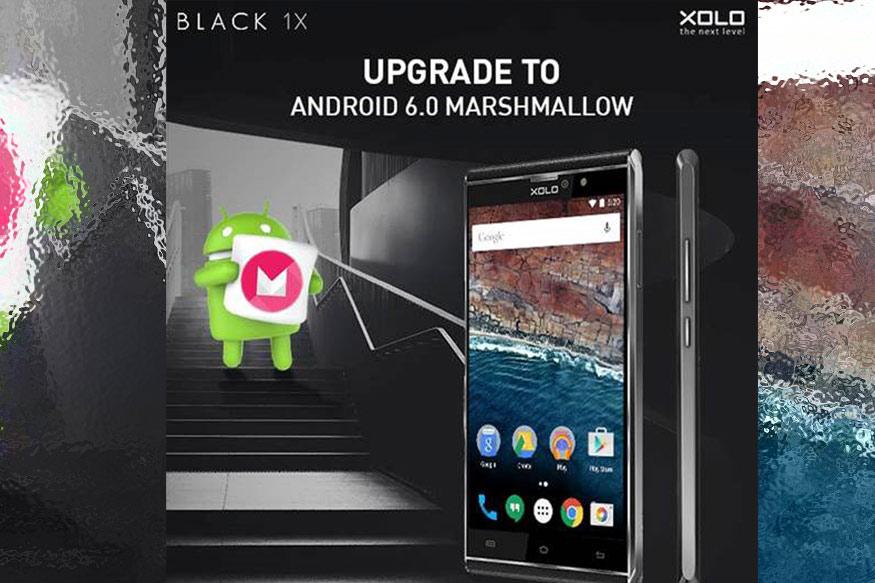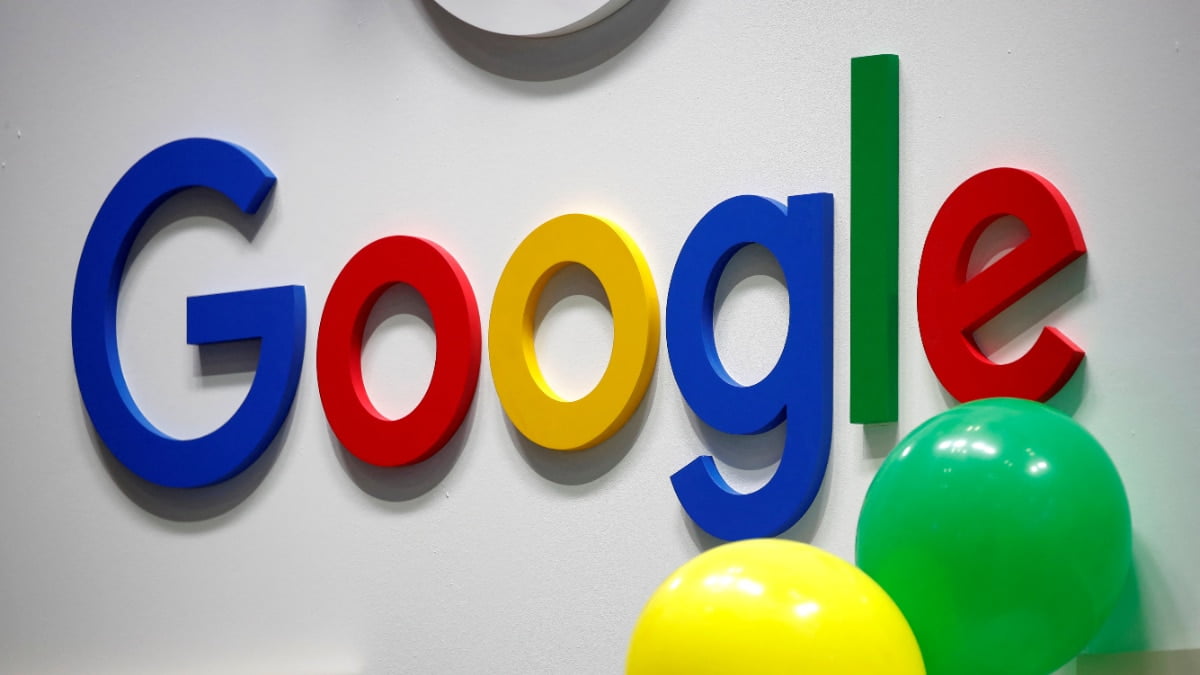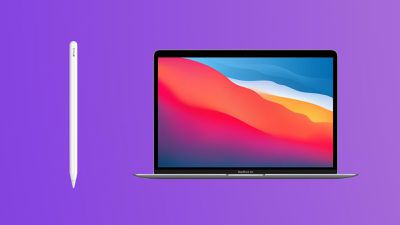Apple’s new MacBook Pro lineup adds something unique: a Touch Bar atop the keyboard that I believe is an important evolution of the laptop user experience.
The first time I saw and played with the Touch Bar, the macros of yore popped into my mind. MacBook power users all know the value of creating macros to speed up a particular business process we may use with our applications. With the Touch Bar, Apple gives the power of macros to the masses.
Another way to look at this is to examine Apple’s influence on UIs in the past. With the Mac, it introduced the graphical UI and the mouse, and with iOS, it introduced touch, something that is now mainstream on smartphones and tablets and some PCs. But Apple’s philosophy on touch does not extend to Mac for one key reason.
Steve Jobs always believed, right or wrong, that when your hands were on the keyboard, the best position for input was via a keyboard and mouse. Moving the hand from the keyboard to the screen to navigate was unnatural. Although adding a keyboard to the iPad breaks with this view, it’s more a function of the iPad’s design; many of us who use iPads with keyboards would love a mouse, too.
An interesting side note to this comes with Microsoft’s Surface tablet. Most of my friends who use it with a keyboard also carry a mouse, as the touch input is not as precise as one can get with a mouse.
The Touch Bar demystifies the concept of shortcuts for repetitive tasks and provides fast access to all types of functions within applications that will support it. This is why the Touch Bar matters. Once people start using it, Touch Bar will be viewed as a logical next step in UIs for laptops.
This will be especially true as the software community makes their apps Touch Bar-compatible; at the Apple event, we saw the tip of the iceberg from Adobe and Photoshop. But Microsoft plans to support the Touch Bar APIs in its Mac applications, and by early next year, thousands of macOS apps should follow suit. This will give Mac users a new way to speed up navigation and enhance the laptop experience significantly.
At the launch, Apple positioned its new MacBooks as the next-generation tool for the creative community, who have always been among Apple’s core customers, and the prices reflect this. They are the most expensive MacBook Pros ever created and something only the high end of market can afford.
One interesting twist is that the Touch Bar runs Apple’s new ARM-based T1 processor and uses a version of iOS, which I find fascinating and possibly telling. For some time, I have thought that iOS and macOS were on a collision course. And to some extent using iOS to at least manage macOS UIs shows that mixing the two operating systems is viable.
But when Tim Cook introduced the iPad Pro earlier this year, he said something very important—”Why would you buy a PC anymore?” It seemed like blasphemy at the time, but is probably more prophetic. I sense that Apple is actually on a trajectory to move the MacBook Pro line over to just the high-end professional market for the next two to three years as it migrates the rest of its mobile customers to the iPad Pro to make iOS the center of almost all its hardware products.
Think about it. Apple’s real ecosystem mostly revolves around iOS, which has over a million apps to macOS’s 100,000. At the moment, iOS processing power does not deliver what the creative community might need, so the MacBooks Pros are still important. But Apple has some of the top semiconductor scientists and engineers on staff, so over time, its A series chip will rival anything Intel may do. And iOS will then be able to provide the same type of performance you get on a MacBook today.
More importantly, it allows Apple control of its entire CPU supply chain. I still think Apple will do iMacs and Mac Pros as non-portable solutions, but when it comes to mobile, I see the transfer to an iOS-based mobile device over the next three to four years.
[Source:-PC Mag]





